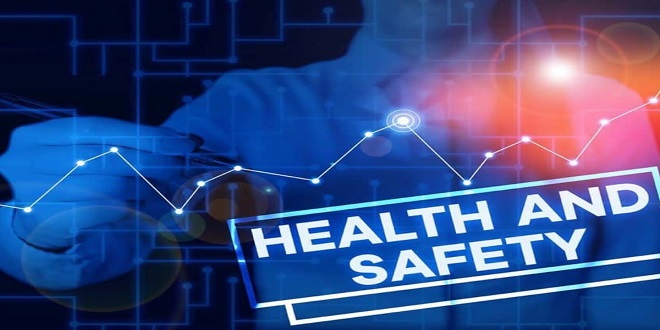What is meant by health and safety in the workplace

INTRODUCTION
Laboratory and field work activities present potential hazards to investigators and participants. The purpose of this chapter is to provide a guide on how to implement a risk assessment approach to health and safety management in these settings.
RISK ASSESSMENT
Risk assessment is the cornerstone of health and safety management practice. The Management of Health and Safety Regulations 1999 requires that risk assessments are carried out for all activities and that significant findings are documented. Other regulations require that specific types of assessment are made for certain work areas, for example, working with substances (COSHH), noise and manual handling. The Health and Safety Executive (HSE) publication A Guide to Risk Assessment Requirements’ (HSE, 1996) examines the common features of the assessments as required by the various regulations and highlights the differences between them.
Risk assessment is essentially an examination of what in the workplace could cause harm to people. It is a structured analysis of what can cause harm, an assessment of the likelihood and impact of something harmful happening and a means to identify measures that can be implemented to mitigate the occurrence of harmful incidents.
DECIDING WHO MIGHT BE HARMED
It is important to identify who might be harmed by any activity undertaken in the laboratory. As well as considering investigators, consultants and co-workers it is imperative that participants involved in investigative procedures are adequately protected from harm. When procedures involve participants from the following groups, for example, additional precautions might be needed to reduce the risk to levels that are considered to be acceptable
EVALUATING AND CONTROLLING RISKS
Risk is an appraisal of the likelihood of a hazard causing harm and the consequence of that harm if realised. This can be represented numerically by multiplying a perceived likelihood rating by a perceived consequence rating. Table 1.1 provides an example of how a simple risk rating system could operate and how this could be used as a means to prioritise actions to control and manage risks
ge risks. Managing risk is concerned with reducing likelihood and consequence associated with particular hazards to a level at which they can be tolerated. Control measures are actions or interventions that reduce risk to an acceptable level. In general, the following principles should be applied in the order given
REVIEWING ASSESSMENTS
It is good practice to review risk assessments periodically to ensure that control measures are effective and that significant risks are being adequately managed. If there are any material changes that affect the risk assessment and control measures in operation, then a review of the assessment should be undertaken. It is important that any amended documents are version-controlled and that all individuals who are affected are informed of the revisions.
PERSONAL INJURY CLAIMS AND PROFESSIONAL INDEMNITY
In the event of personal injury to a client or co-worker there is a formal process by which this is dealt. This Pre-action Protocol is covered in detail on the Department for Constitutional Affairs (DCA) website; of particular interest are the lists of standard disclosure documents given in the annex.
The BASES code of conduct (BASES, 2000) states that members must ensure that suitable insurance indemnity cover is in place for all areas of work that they undertake’. Care must be taken to understand the scope, limitations and exclusions associated with any insurance cover to ensure its adequacy





